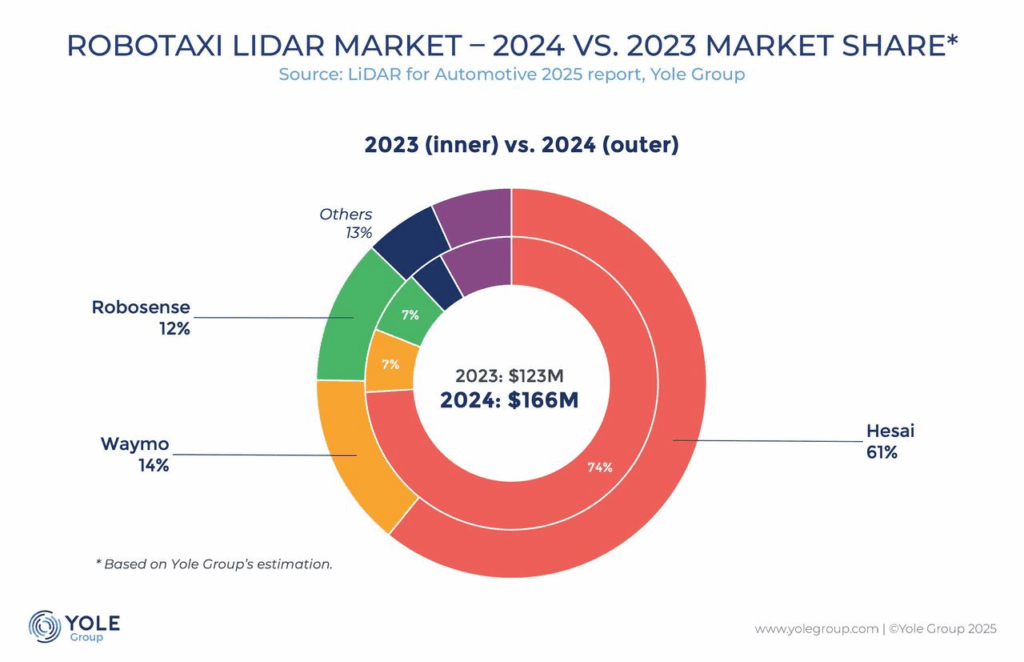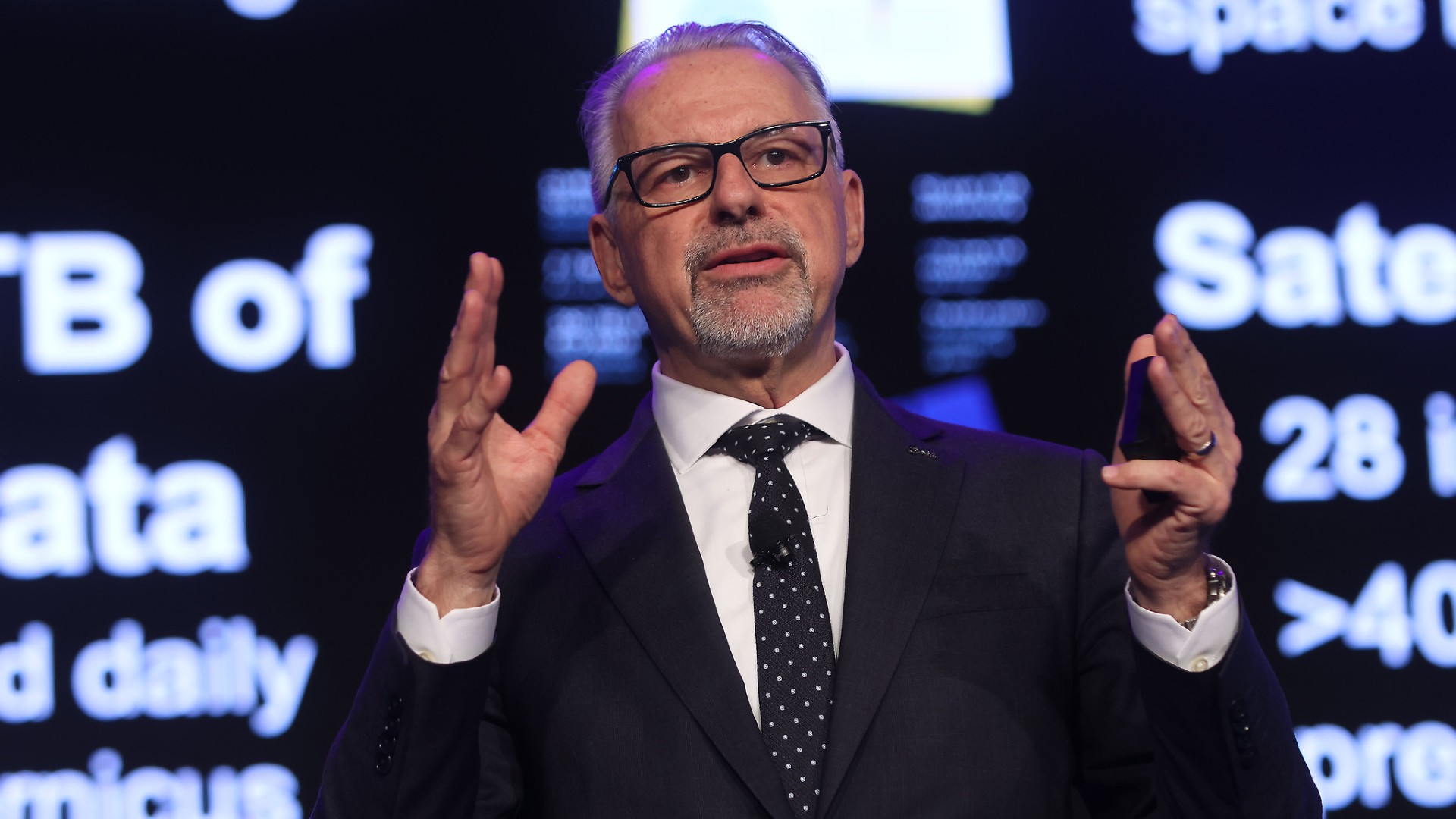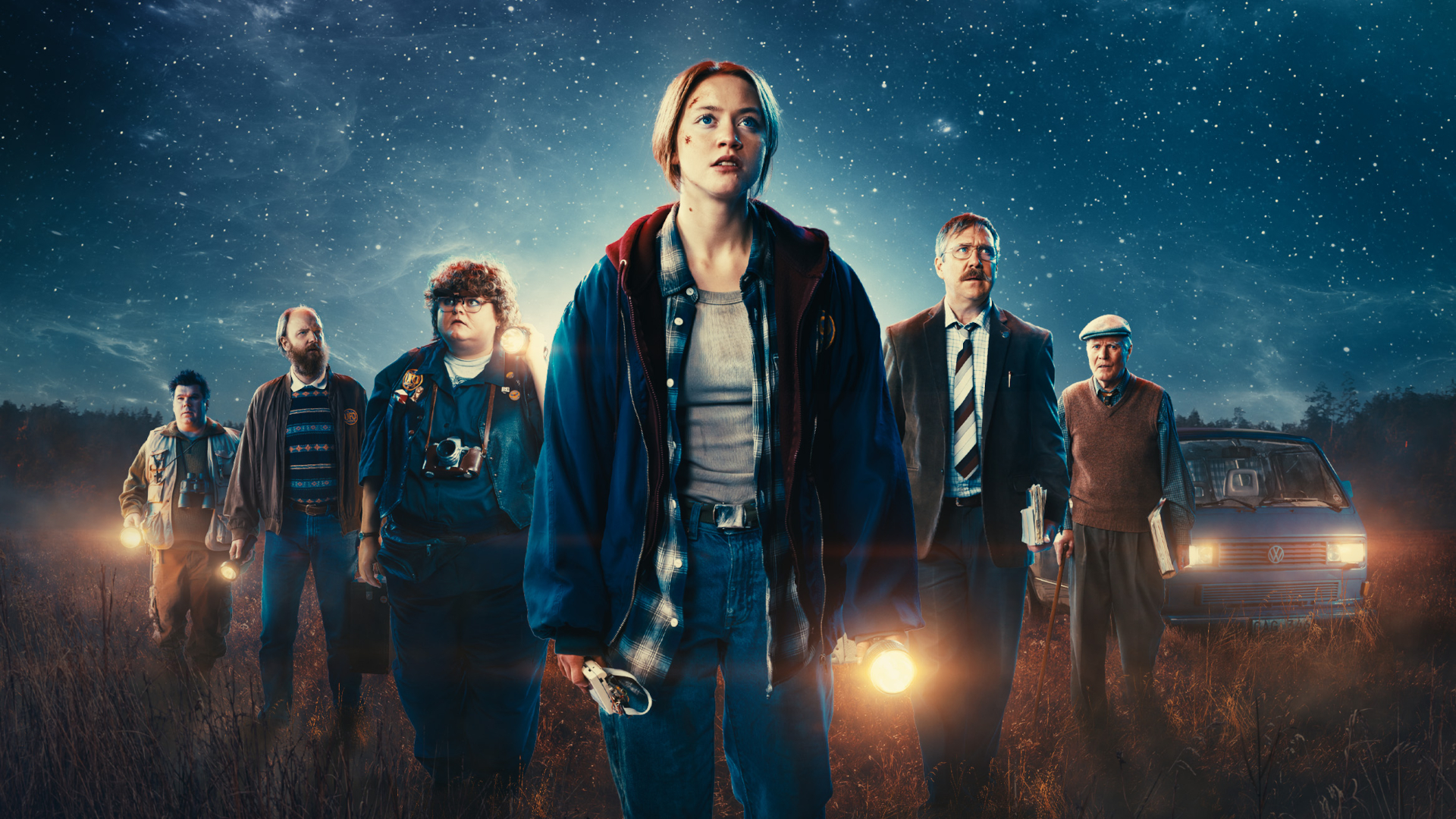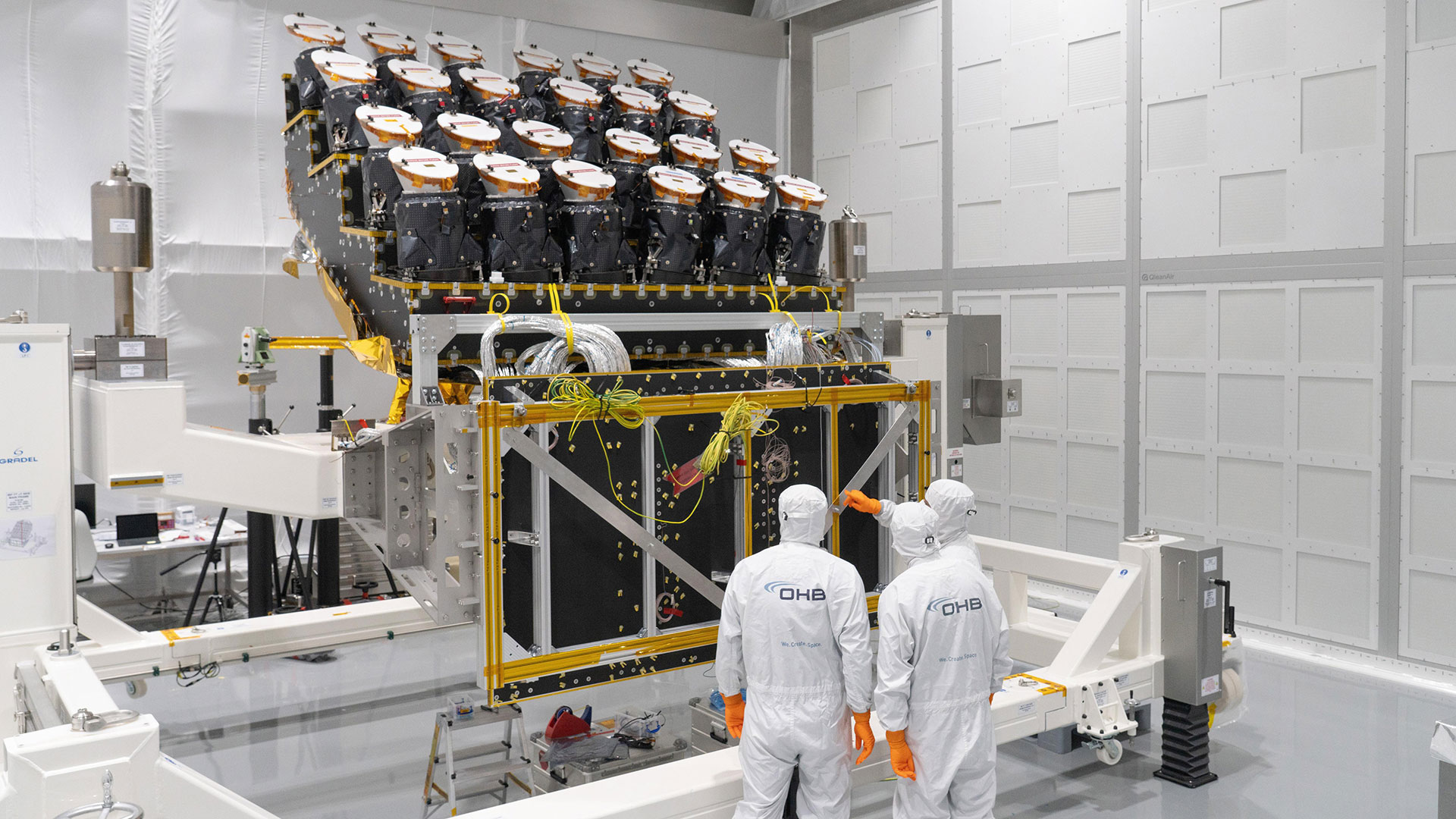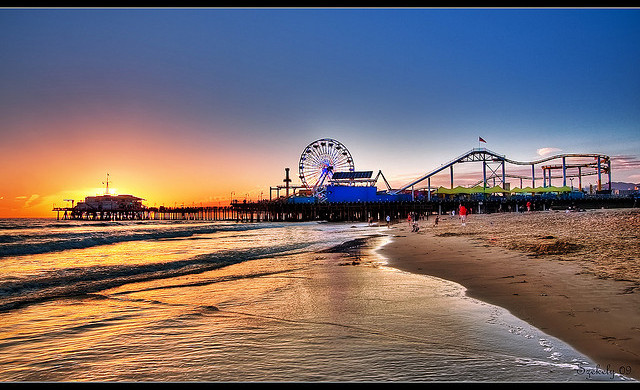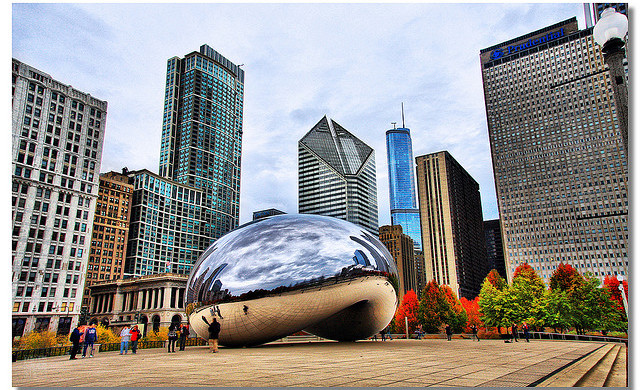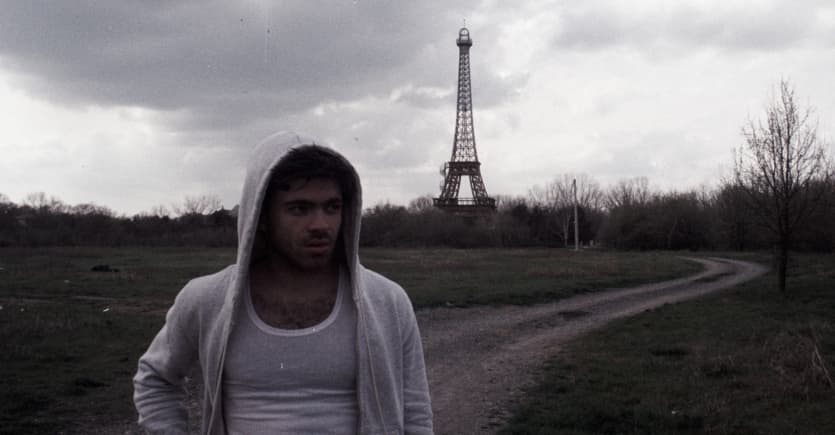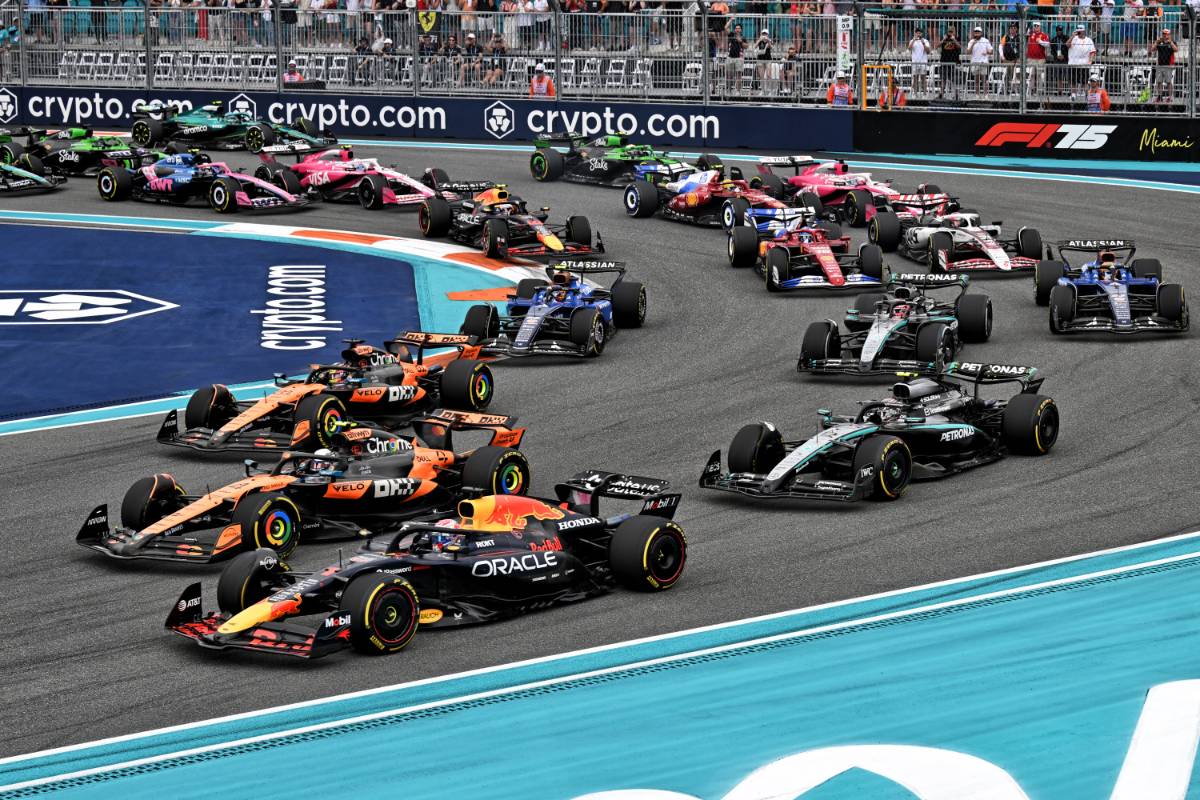How the First Staged Highway Pile-Up Simulation Used Real Cars and Drivers
Human drivers sat in remote pods and controlled their vehicles wirelessly, to simulate what actually happens in a multi-car collision for safety research. The post How the First Staged Highway Pile-Up Simulation Used Real Cars and Drivers appeared first on The Drive.

Although they’re relatively (and thankfully) rare, multi-car pile-ups serve as a reminder that a small error can have major consequences. Researchers worked with PBS to stage a realistic highway crash to learn more about how this type of situation can be prevented.
PBS filmed The Ultimate Crash Test to recreate such a collision in the confines of a scientifically controlled environment. The crash was filmed on a decommissioned Royal Air Force (RAF) base in Campbeltown, Scotland, where a two-mile-long runway was transformed into a replica of a freeway with a slow lane, middle lane, fast lane, shoulder, and oncoming traffic. The aim was to make the simulation as realistic as possible to better understand the chain reaction that leads to a big pile-up.



Next, the film crew chose the cars. Here again, the goal was to accurately represent the selection of vehicles you’re likely to encounter on a highway in the U.K. or U.S. Eight vehicles were chosen: The Toyota Prius, the Porsche Boxster, the Volkswagen Golf GTI, the Ford F-150, the Dodge Grand Caravan, the Mercedes-Benz ML, an Audi sedan, and a Vauxhall Vivaro van, which is about the same size as the Mercedes Metris sold here through 2023. Another key piece of the puzzle was a semi, which played a big role in triggering the crash. Some dummies in the vehicles were properly belted, while others were not, to again convey the randomness of real life.

Real-world conditions require real drivers, but PBS wouldn’t have had much luck if it posted an ad looking for drivers to voluntarily crash a car at highway speeds. Instead, the aforementioned cars were all fitted with a remote driving system, and the drivers were seated in off-track control pods. Their inputs were conveyed to the vehicles through pneumatic pistons for the pedals and electric motors for steering. Hazards such as gravel and parked cars on the shoulder were arranged, and 100 Nextbase dashcams captured the carnage that ensued from every angle.





After the wreck, forensic investigators who were not previously briefed on the setup of the experiment entered the scene to see if they could piece together how it all unfolded.
The researchers compiled a list of takeaways. One is that real-world crashes are unpredictable and complex, and no two crashes are identical, because there are so many mechanical, environmental, and human variables at play. Human behavior notably plays a critical role in determining the cause and the outcome in a scenario like this. Another lesson learned was that safety systems work until a certain point: Airbags only deploy once and aren’t guaranteed to protect you from a secondary impact, for example.



All four volunteer drivers were reportedly quite shaken up following the simulation, and noted that what they’d just been a part of would affect how they drove going forward. The Ultimate Crash Test is airing in two parts; the first, detailing the setup, premiered on PBS on May 7, and can be watched online now. The second part, centered on analyzing the aftermath, will air on May 14.




Got tips? Send ’em to tips@thedrive.com
The post How the First Staged Highway Pile-Up Simulation Used Real Cars and Drivers appeared first on The Drive.


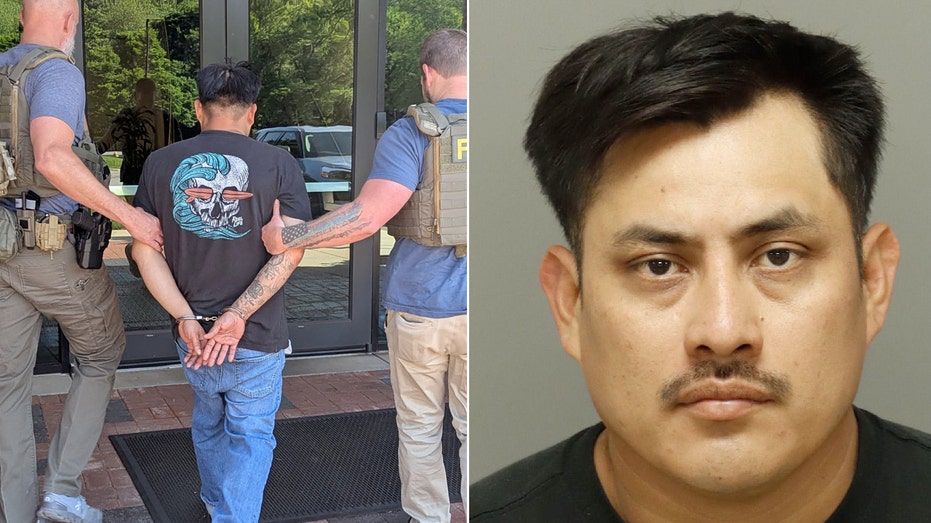














_Sergey_Tarasov_Alamy.jpg?width=1280&auto=webp&quality=80&disable=upscale#)





